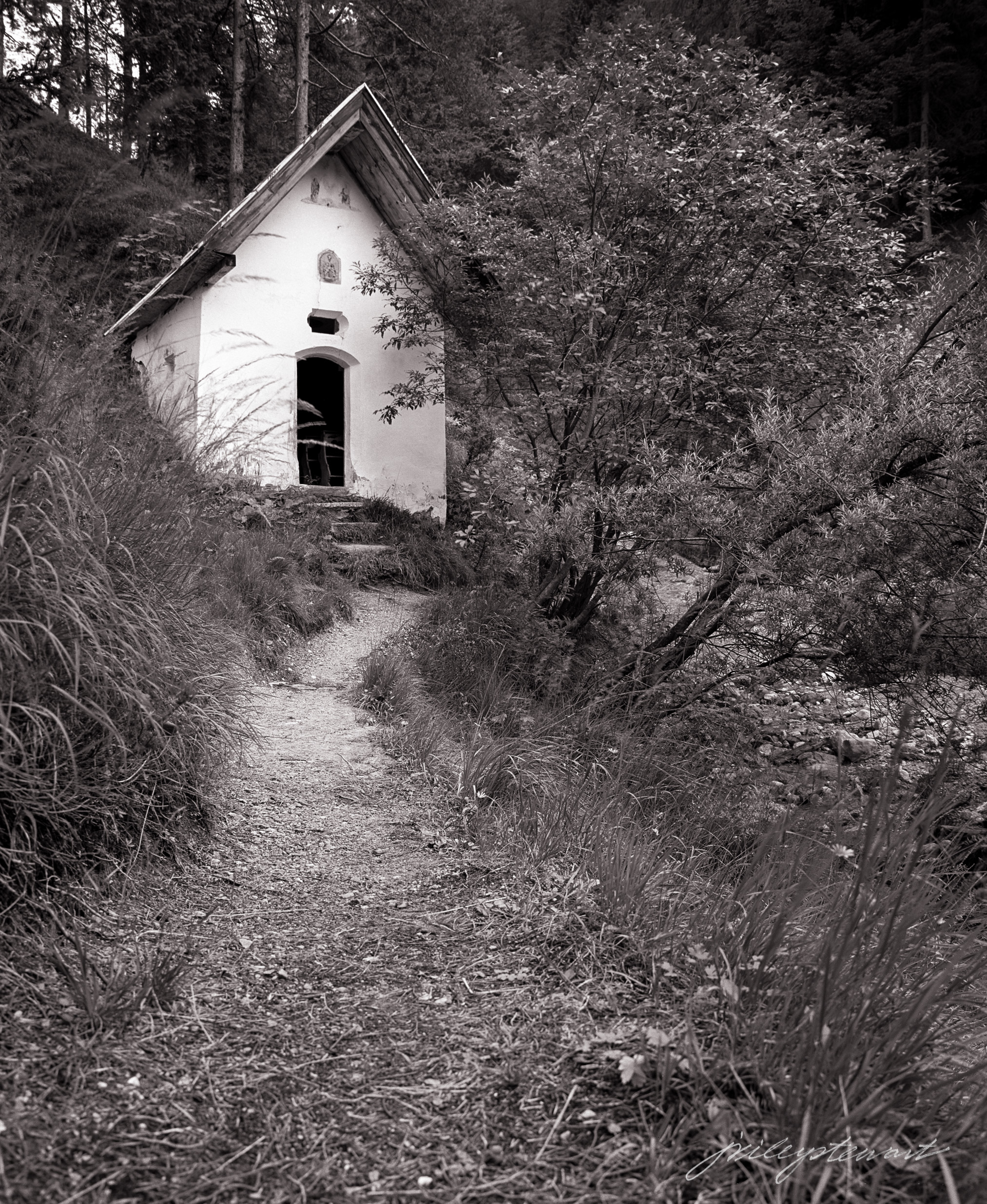A visit to the National Gallery of Art in Washington DC yesterday inspired me to write about something that guides my own journey as an art photographer, and it comes from my favorite fine art painters.

I’ve always had a powerful wonder-lust for the romantic, luminous landscape paintings from the 19th Century. While the romantics were busy at work in Europe, the luminism movement was underway by the Americans at the Hudson River School. Even as a kid, I remember being thoroughly captivated when looking at picture books of paintings by the luminists like Church, Moran, Bierstadt, and Durand: it was my secret pastime. http://en.wikipedia.org/wiki/Luminism_%28American_art_style%29
Luminism refers to the dramatic portrayal of natural bright light in a scene, particularly in landscapes and seascapes, where it appears as if God created a huge spotlight to illuminate the subjects. Reflective surfaces like rivers, oceans, and pools often played a significant role in luminist’s paintings, as if to help scatter the light across the canvas.
Just as important is the luminist’s use of shadows. It’s the very quality of vast, open shadows that I really love and appreciate in works of the luminist style. Their shadows are full of life and details that draw me in to explore what’s going on–to be curious–and I’m never disappointed.
But It’s the interrelationship between shadows and brilliant lighting that create the overall emotional effects one gets from the art of the luminists. The luminists were masters in creating a sense of luminosity. Luminosity gives us hope in the knowing; it enlightens us. Dark shadows are sublime; making us wary and uncertain. Without the substantial areas of shadow, the intrigue and mystery would be lost, and without the brilliant lighting, the luminosity would fall apart. The interplay between the two are critically important to creating such strong emotions associated with the art of the luminists and romanticists.
In my own photography, I’m always looking for situations that remind me of the luminists. One of the main reasons I still use film to capture my images is because only film retains shadow details and textures at exposures that also retain delicate details in the highlights. As with luminist’s paintings, having in my photographs something to explore in both the shadows and well-lit subjects is important to my creating the feeling of luminosity and intrique, something that I find personally rewarding.
Happy collecting!
Jim




Note: The National Gallery of Art is an easy walk from the Archives metro station in Washington D.C. The Gallery is a national treasure not to be missed if you’re in the area. Admission is free. Open most days 10 am – 5 pm. There you will find one of the largest collections of paintings by artists of the Hudson River School. Besides thousands of other exhibits, they have a marvelous art book store.
